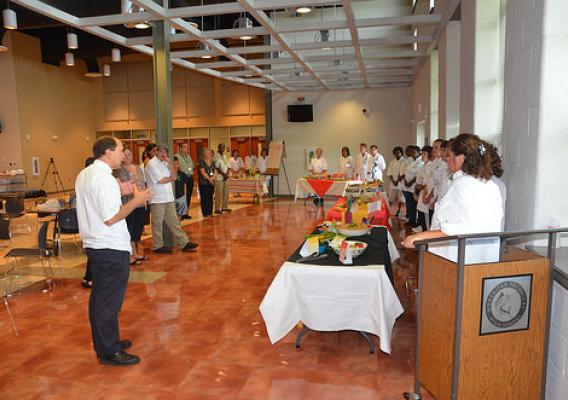It’s not surprising that chicken, the most popular meat for kids, is being served in school cafeterias across the nation. However, in Columbia, S.C., locally sourced chicken has taken center stage on school meal trays in an effort to increase the state’s Farm to School programming.
South Carolina’s District Five of Lexington and Richland Counties Schools are piloting a poultry project to expand local products offered to students. In partnership with Pilgrim's Pride Corporation, the school district is offering a variety of locally produced products to their students.
This particular Farm to School Program is made possible through the collaboration of the South Carolina Department of Health and Environmental Control, South Carolina Department of Agriculture, South Carolina Department of Education, and Clemson University’s Youth Learning Institute.
By Holly Godwin, South Carolina Farm to Institution Program Director
During the 2013-2014 academic school year, 20 District Five schools of Lexington and Richland Counties (South Carolina) participated in the Supreme Chicken project. This included all 12 elementary schools, four middle schools, and four high schools.









